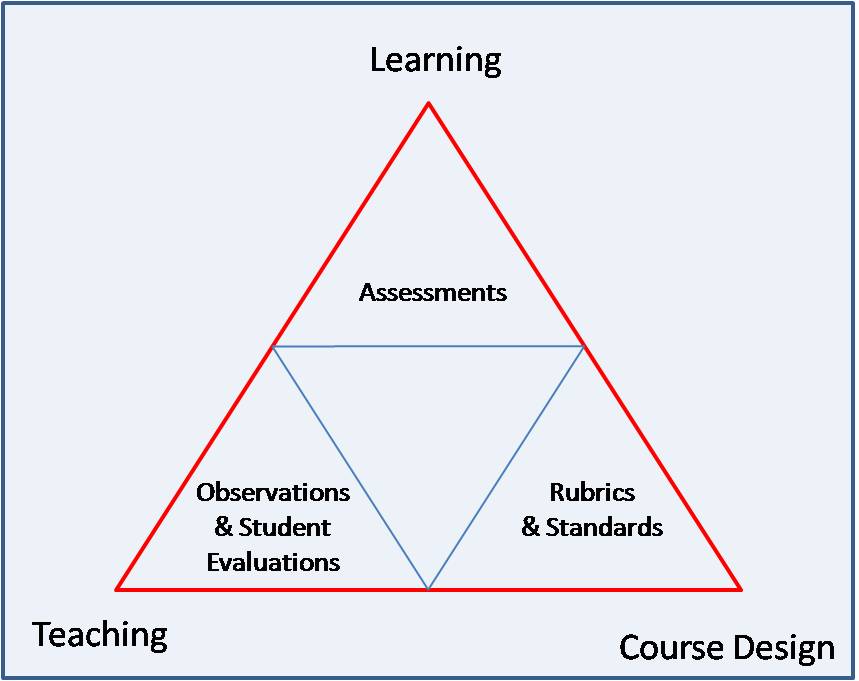
I am down in St Petersburg for the eLearning 2008 Conference, hosted by the Instructional Technology Council, celebrating their 30th year supporting the American Association of Community Colleges. If you have not guessed from my previous posts, I love working with my colleagues in the Center for Teaching Excellence at Virginia Commonwealth University in Richmond. In many ways, our office resembles the environment FastCompany magazine described this month at Google. We actually believe we can change the world (or at least our educational end of it!) But I also still love two-year colleges. For over a decade, I worked in the two-year college system in several states. Online learning first took off in a big way at community colleges, so this is a good group to gage the state of the field and find new innovations coming to fruition. I’ll try to recap each day’s action in this blog, and I am looking forward to my own presentation Monday on social bookmarking.
The conference opened today with a very good keynote by Barry Dahl, Vice President of Technology and the Virtual Campus at Lake Superior College in Duluth MI. His talk was entitled “e-Learning Myth Busters: Is Conventional Wisdom Wrong?”
Using clickers, he polled the audience of around 200 as to their sense of common assumptions regarding elearning (noting in advance that his audience today was quite different than luddites he typically sees!). Given that MythBusters on the Discovery Channel is a favorite of mine, I enjoyed his presentation.
His first six myths were student-oriented:
Myths:
1. Students desire to build community online.
– Surveys show community building is at the bottom of student priorities.
2. Plagiarism is more prevalent online.
– No evidence to support…though online teachers tend to catch more than non-techy teachers.
3. Online learning achieves “Anytime, Anywhere Learning.”
– A class of 30 has 30 different “anytimes”, adding challenges to the learning process.
4. Digital Natives are well prepared for online learning.
– They are well prepared to use FaceBook, but not necessarily learning tools. One humorous note was the challenge involved in teaching students how to upload their assignments to the teachers…and whether this ability was a skill they would ever use in real life?
5. Cheating is rampant online.
– Again, no real evidence, and the focus has been on guilty until proven innocent, rather than building engagement and trust.
6. There is now sufficient bandwidth for quality online teaching and learning.
– Surveys at Barry’s college show 94% of students in his rural area have access to high speed internet.
.
.
Barry then shifted to faculty myths:
7. Faculty embrace sharing learning objects.
– Few faculty actually understand what a LOR is…nor do they wish to share.
8. Online faculty work harder.
– A mis-nomer. Engaging faculty (no matter the delivery method) work harder…and there are too many online teachers delivering correspondence courses.
9. As faculty roles shift to facilitation, they become less important.
– Again, the focus should be on engagement.
10. Web access is not my job!
– Then don’t teach online!
11. Entertainment is not my job!
– Then don’t teach period! But shift the words…from entertainment to engagement.
12. Highly interactive instruction is better than instruction that is not interactive.
– Probably true..but few understand or can define just what “interaction” is.
.
.
Barry then wrapped up by looking at the web environment.
13. The virtual learning environment (Bb, WebCT, Desire2Learn, Angel) is an important component.
– 88% of the audience agreed, but I did not…and Barry apparently feels the same as I. The new Web 2.0 tools offer opportunities for learning that cannot be used inside traditional learning management systems.
14. Second Life will be the Second Coming.
– Few believed this…and the environment is still pretty clunky.
15. Web analytics tell us important information about student behavior.
– They tell you number of hits but drawing behaviors from that is a pretty subjective thing.
16. The use of rubrics and standards such as Quality Matters is sufficient to assess online classes.
– I really liked Barry’s take on this – that most rubrics and standards to date focus only on course design, and not on the other two legs of eLearning – teaching and learning. He suggested a three-part assessment of design, teaching and learning outcomes.

17. Online courses should charge less tuition and fees than on-campus classes.
– Few agreed with this.
18. Online classes are filled with ficticious students (or you do not know who is doing the work at the other end).
– He first said “Prove it”…but then noted that Congress will be fixing this (right after fixing baseball), as the Higher Education Act has language in it requiring institutions to authenticate online students (though no one knows precisely how this is to be accomplished).
Great opening session. I look forward to a full day tomorrow!
I enjoyed your recap. I wasn’t able to go but recent data we’ve collected echoed the same sentiments that you expressed from the seminar. It’s interesting how often we want our perceptions of education and technology to be realities for others. Thanks for the recap.